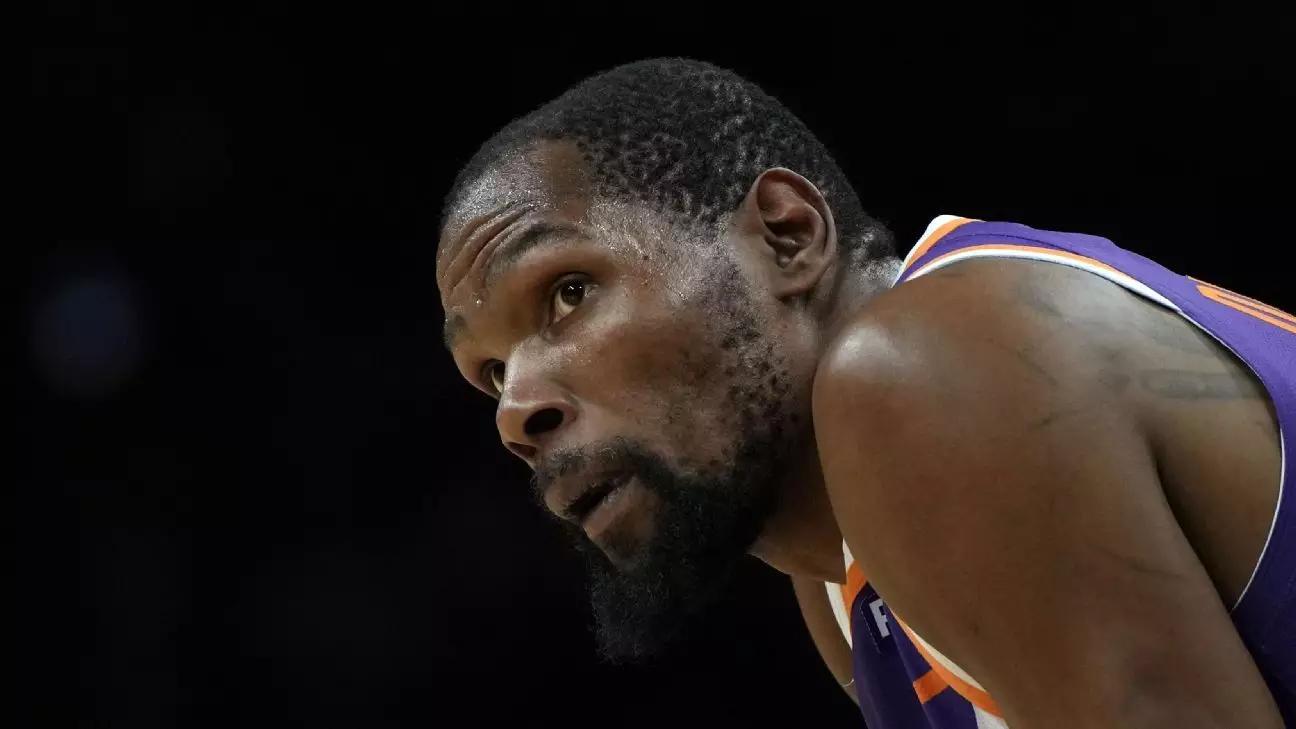The recent mega-deal in the NBA marks a pivotal moment in the league’s history, not merely because of its scale but because of its unprecedented complexity. This seven-team transaction underscores an evolution in how teams approach building championship contenders, integrating strategic assets, and leveraging the league’s evolving landscape. For the first time in NBA history, such an intricate web of trades has taken place simultaneously, challenging the traditional notion that blockbuster deals are confined to two or three teams. The intertwining of multiple franchises highlights a seismic shift toward more collaborative, multifaceted maneuvers, reflecting a deeper understanding that success often hinges on a confluence of assets.
More than a transaction, this seven-team trade symbolizes a new paradigm where strategic flexibility and cap management take precedence. The transaction involved a constellation of players, draft picks, and cash considerations, transforming the league’s approach to roster construction into a highly orchestrated dance of assets. It emphasizes that in today’s NBA, building a champion requires more than just star power; it necessitates a comprehensive strategy that encompasses draft capital, salary cap maneuvering, and long-term planning. With this move, the league demonstrates an embrace of complexity as a tool for competitive advantage.
The Power Shift and Its Tactical Implications
At the center of this historic trade is Kevin Durant, whose move from Phoenix to Houston signifies more than a mere player transfer—it’s an emblem of strategic realignment among elite franchises. For the Rockets, acquiring Durant elevates their status from budding contenders to legitimate title contenders. His arrival expedites their rebuilding process, injecting a veteran scorer capable of leading them deep into the playoffs. Yet, this isn’t an isolated event; it’s part of a broader reshuffling that recalibrates the league’s power structure.
The involvement of the Warriors, Lakers, Timberwolves, Hawks, and Suns underscores a significant shift in influence. Teams like Phoenix, which traded away Durant, gained multiple draft assets, hinting at a future-focused strategy aimed at sustainable success rather than immediate dominance. Meanwhile, Golden State and Los Angeles, already heavyweights, reinforced their cores by acquiring promising young talent and draft picks, signaling that they’re not content resting on laurels. This multifaceted maneuvering indicates that franchises recognize the importance of adaptability—embracing a hybrid approach where veteran stars are supplemented with raw potential and draft capital.
Furthermore, the trade’s complexity reveals how franchises are now adept at capitalizing on league rules—such as the salary cap moratorium—to maximize their strategic leverage. Phoenix’s ability to maneuver assets post-deadline, acquiring strategic draft picks, exemplifies a shrewd understanding of league regulations. This level of tactical sophistication bodes well for teams willing to think beyond traditional boundaries and exploit all available levers to succeed.
The Significance of Player Movement and Draft Strategy
The infusion of multiple draft picks, including a first-round selection and a plethora of second-rounders, underscores the growing importance of draft assets in shaping team futures. This trade exemplifies a blueprint for future success—combining star acquisitions with a pipeline of young talent. Such a dual approach offers immediate impact and long-term sustainability, allowing teams to remain competitive across multiple seasons.
Kevin Durant’s own reflection on his departure from Phoenix highlights an internal acknowledgment of change and growth. His gracious farewell signals an understanding that, in a league driven by individual excellence and team synergy, adaptability and resilience are paramount. The decision to join Houston isn’t just about basketball—it’s a personal evolution that also influences team chemistry, locker room dynamics, and fan expectations. The trade intricately ties this human element into strategic calculations, emphasizing that player movement is as much about psychology and culture as it is about basketball skills.
The broader implication of this trade is a league-wide recalibration where teams take daring risks, sometimes sacrificing short-term stability for high-reward gambles involving multiple assets. This signals an era where the value of draft picks and young talent is reasserted, echoing a shift reminiscent of the dynastic runs of past decades—yet vastly more sophisticated thanks to data analytics and salary cap intricacies.
The Future of the NBA in a Post-Trade Landscape
This seven-team deal exemplifies how modern NBA teams are redefining what it means to win. It’s no longer sufficient to draft well or sign marquee players alone; instead, success hinges on orchestrating complex, multi-layered transactions that balance immediate needs with future potential. It signifies a league where flexibility, strategic patience, and creative asset management will determine power hierarchies.
The ripple effects of this transaction extend beyond immediate rosters—they influence how teams approach scouting, salary negotiations, and draft strategies. It encourages a culture that values multi-year planning and agility as core principles. This trade, in essence, elevates the importance of being proactive rather than reactive, pushing teams to think three, four steps ahead, much like chess players maneuvering pieces for long-term dominance.
This historic NBA multiteam transaction is a showcase of the league’s rising complexity and ambition. It signals a future where adaptability, strategic depth, and collaborative asset management are essential ingredients for success. The league has entered a new phase—the era of the mega-move—that promises unpredictable yet thrilling battles for supremacy in the seasons to come.


Leave a Reply